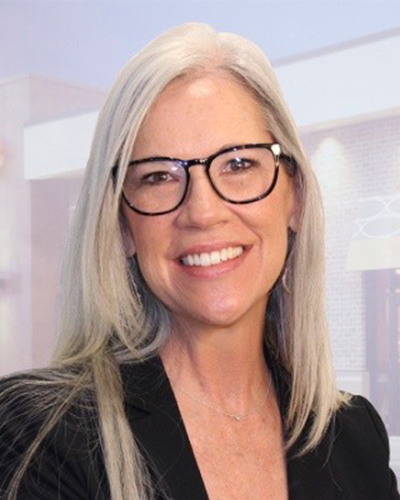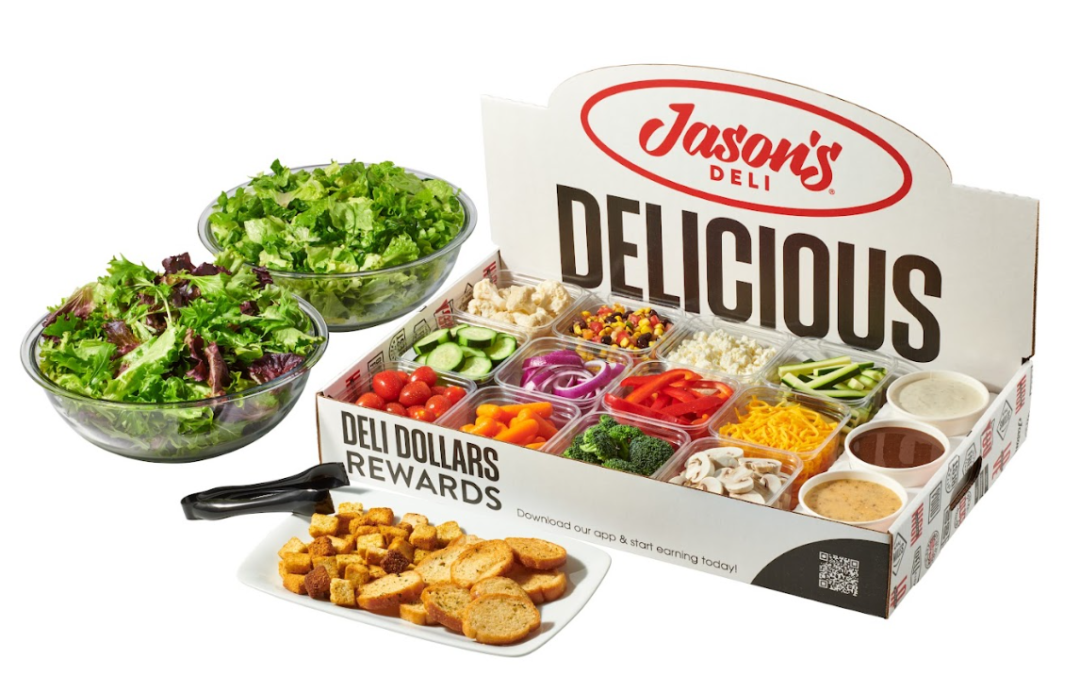It’s no exaggeration to say that the strength of the U.S. economy may rest on free food. Call it the Homer Simpson Rescue Plan.

David Meiselman, CMO at ezCater
“When we surveyed employees, it was their favorite perk,” said David Meiselman, chief marketing officer for ezCater, which connects businesses with restaurants and caterers. “It placed above all sorts of things, such as flexible work arrangements, things that you would think would rank high in terms of preference. Food resonates. It can get more people into the workplace.”
Catering as a category is back on its feet and sprinting like Sha’Carri Richardson. Last year it reached $72.7 billion, up from $60.4 billion in 2022. It is expected to reach $124 billion by 2032, according to Expert Market Research.
This speaks to opportunity for restaurants with catering programs. It also speaks to stress. Catering in 2024 is not like catering in 2004. It’s trickier. And there is more competition.
“Third-party delivery has made everybody able to cater,” said Gracie Prasanson, vice president of sales at Jason’s Deli, which has 245 locations in 29 states. “You’re competing against more people and not just for sandwiches. Do you want Indian food? Thai? Everything is available. Even grocery stores are in the space now.”
Have it your way
Consumer demand for individualized orders is also swirling the formula. Gone are the days when a company would request turkey subs for one side of the conference table and veggie subs for the other. A restaurant needs to provide variety and customization.
“There’s still demand for classic tray catering,” said Meiselman, “but we’re also seeing the rise of eater preferences and dietary requirements.”
A new wrinkle is the advent of recurring employee meals. Relish is an ezCater platform in which employees get an app and submit orders there. “Often the organization provides some sort of subsidy. To the restaurant it looks just like a catering order that’s aggregated up. To the eaters and workplaces, it’s adapted to what their needs are,” said Meiselman.

Stefan Hertzberg, chief revenue officer at Lunchbox
Lunchbox, which offers an open-API online ordering platform, also has a variety of reorder options, with as much individualization as needed. Stefan Hertzberg, chief revenue officer for the company, says the payoff is worth it.
“If you look at average check sizes in the industry, it’s about $30. Our customers enjoy over $500. Obviously you’re ordering for many people versus ordering for yourself, but it shows that restaurant brands should be spending time there. And 60 percent of catering is tied to corporate orders. These are sticky customers. People may be working from home but it’s still a big thing to work in an office. Law firms, financial services firms, accounting firms, they all have massive real estate investments. Those offices aren’t going to just disappear.”
Some may but the trend is tilting toward employees returning to the office. Resume Builder recently surveyed 1,000 corporate decisionmakers about their policies and 90 percent estimated returning employees to in-person work by the end of 2024. Companies that offer food may find a competitive advantage. And restaurants that share their geography could find a windfall.
“One of our customers had a catering order for $8,000 recently,” said Meiselman. “Catering can be such an important channel, in particular for independent local restaurants.”
A new online catering community
Catering has always been hard. But now it’s hard and confusing. That’s why Lunchbox launched Cater, a forum on LinkedIn to bring caterers together.
“We want to bring together the best and brightest in catering and anybody who may be just trying to survive,” said Hertzberg. “We believe that information is the most powerful thing in this industry. We want to have open-air conversations about pricing. We want to encourage a knowledge transfer across brands, large and small, so everyone wins.”

Gracie Prasanson, VP at Jason’s Deli
Cater could be especially valuable for new operators to join as figuring out your catering menu and pricing for the first time is not easy, especially when you factor in delivery fees, packaging, and promotions.
“There are a lot of concepts that are new to catering that are saying, Oh wow, we’re seeing double digits, but it is a low percentage of our sales,” said Prasanson, noting that her own sales are up for the year but traffic counts are flat. She remains optimistic about the catering future at Jason’s Deli. “We just launched our salad bar, which has always been popular in our four walls, for catering and delivery. And we’re doing more for customers with meat-dietary restrictions, including two new vegan boxes. We’re going to keep doing what we do, which is deliver high-quality food, as promised, on time. That is what is going to keep consumers coming back.”


